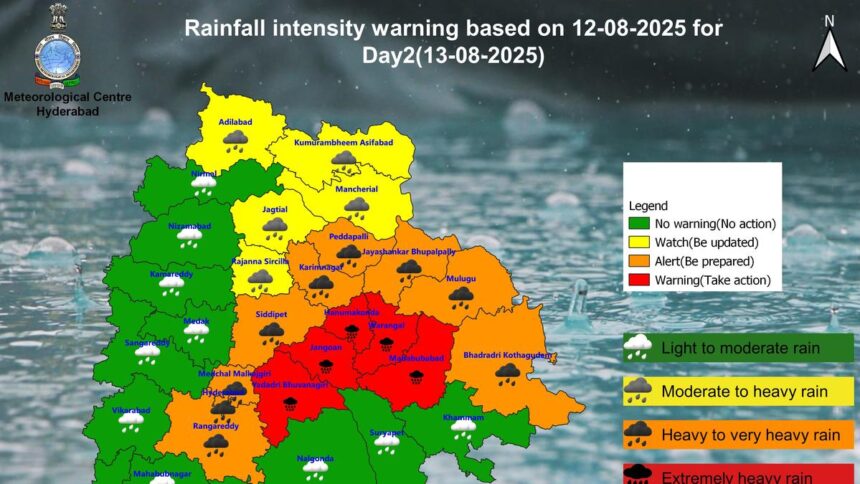The challenge of ‘secondary invasion’ in areas cleared of exotic species remains significant for the Forest Department, as it continues its efforts to rid the district of invasive species, said Divisional Forest Officer (Nilgiris), S. Gowtham, on Friday (August 22, 2025).
Speaking on the second day of the NilgiriScapes conference in Udhagamandalam, during a panel discussion involving landscape ecologist Arundhati Das and restoration ecologists Godwin Vasanth Bosco and Mounthees Kuttan on invasive species in the Nilgiris, Mr. Gowtham estimated that close to 25,000 hectares of the Nilgiris forest division had been impacted by invasive and exotic species of flora.
“This is a historic problem, as the dispersal and invasion rate of these species, including Acacia mearnsii, Solanum mauritanum, cestrum, Lantana camara, Scotch broom and gorse, as well as others, pose a huge challenge in not just being removed from the landscape, but also in restoring grasslands and Shola ecosystems,” said Mr. Gowtham.
Pointing to 300 acres that had been identified in the upper Nilgiris, where black wattle in its pre-flowering phase is being removed, Mr. Gowtham said the department had so far succeeded in removing 650 hectares of the invasive species across the division in the last three years.
However, he said that while wattle removal was continuing at a fair pace, that restoration was a huge challenge, as areas that are cleared of invasive, commercially-valuable timber such as wattle, secondary invasive species such as cestrum were moving into cleared areas and were preventing native ecosystems from re-establishing.
“Post-removal, after every monsoon, we see a huge amount of secondary invasion by cestrum, scotch broom and gorse and other species,” he said. Mr. Gowtham said that cestrum was even invading Shola forests, and that the intensification of such incursions have only increased since he took charge as DFO over the last three years.
“While the existing Shola trees themselves might not be affected by this threat, regeneration of the Sholas will be affected if the spread of cestrum is left unchecked,” he said.
The DFO said that the department’s strategy was to have a continuous system of removing invasive species over a period of time to allow for native flora to re-establish themselves in cleared areas.
Arundhati Das, a landscape ecologist who studied invasive plants and Shola tree communities in the upper Nilgiris, said that the Shola forests surrounded by grasslands had a different stand structure and species domination patterns when compared to Shola patches surrounded by tea estates, where Cestrum invasion was more likely and more intense. Ms. Das, who said that she revisited her sampling sites after a 12-year-period, said that the rate of invasion has only increased over the period.
Godwin Vasanth Bosco, said that removing invasive and exotic trees alone does not necessarily help regenerate healthy grasslands. He said that in areas where wattle is removed, that several unpalatable species of grass, such as Vulipa myuros and Eragrostis nigra takeover, leading to the illusion of restored grasslands.
“Restoration is much more complex than removing a single species, and a huge amount of work needs to be done to restore healthy grasslands,” he added, advocating for broader targeted restoration efforts in ecologically-fragile landscapes such as reserved forests and national parks to keep out exotic, invasive species from places in the upper Nilgiris such as Mukurthi National Park, which were still relatively free of invasive species.
Published – August 23, 2025 01:35 pm IST



















